Electrophysiology: Ventricular tachycardia: diagnosis of broad QRS complex tachycardia
- PMID: 11602560
- PMCID: PMC1729977
- DOI: 10.1136/heart.86.5.579
Electrophysiology: Ventricular tachycardia: diagnosis of broad QRS complex tachycardia
Figures



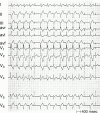



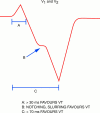




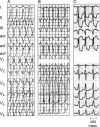

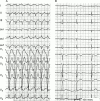
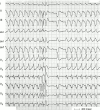
References
Publication types
MeSH terms
LinkOut - more resources
Full Text Sources
